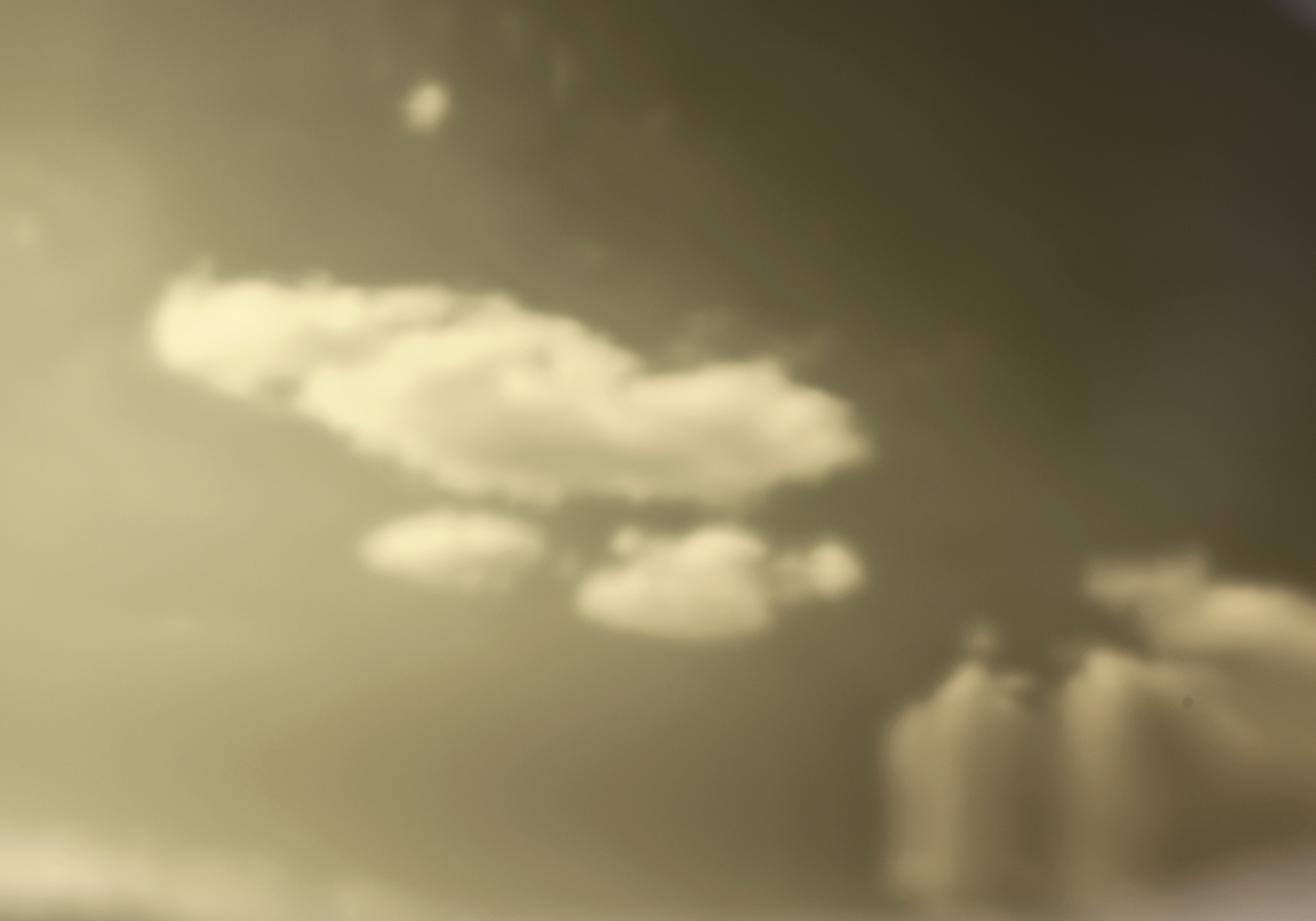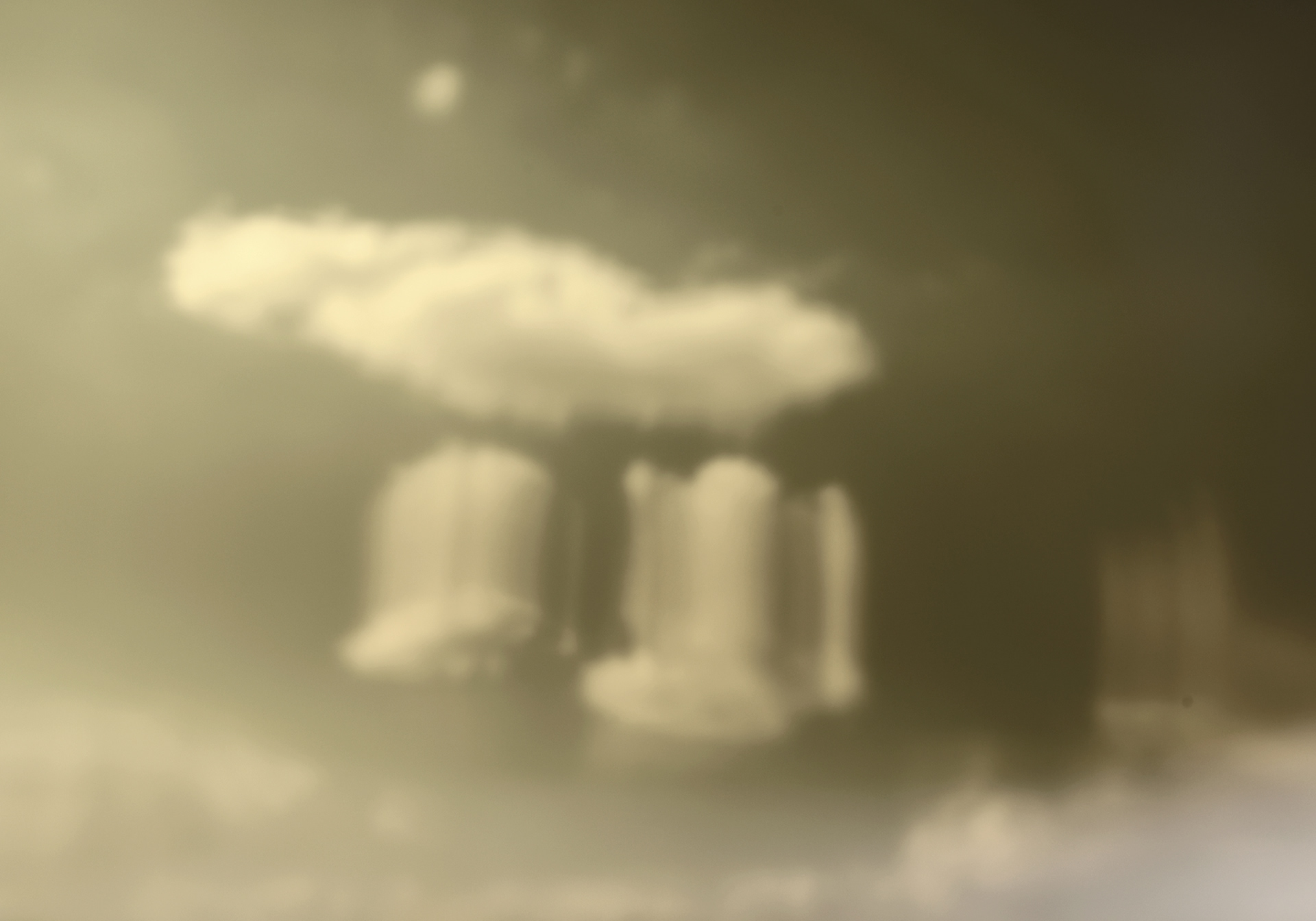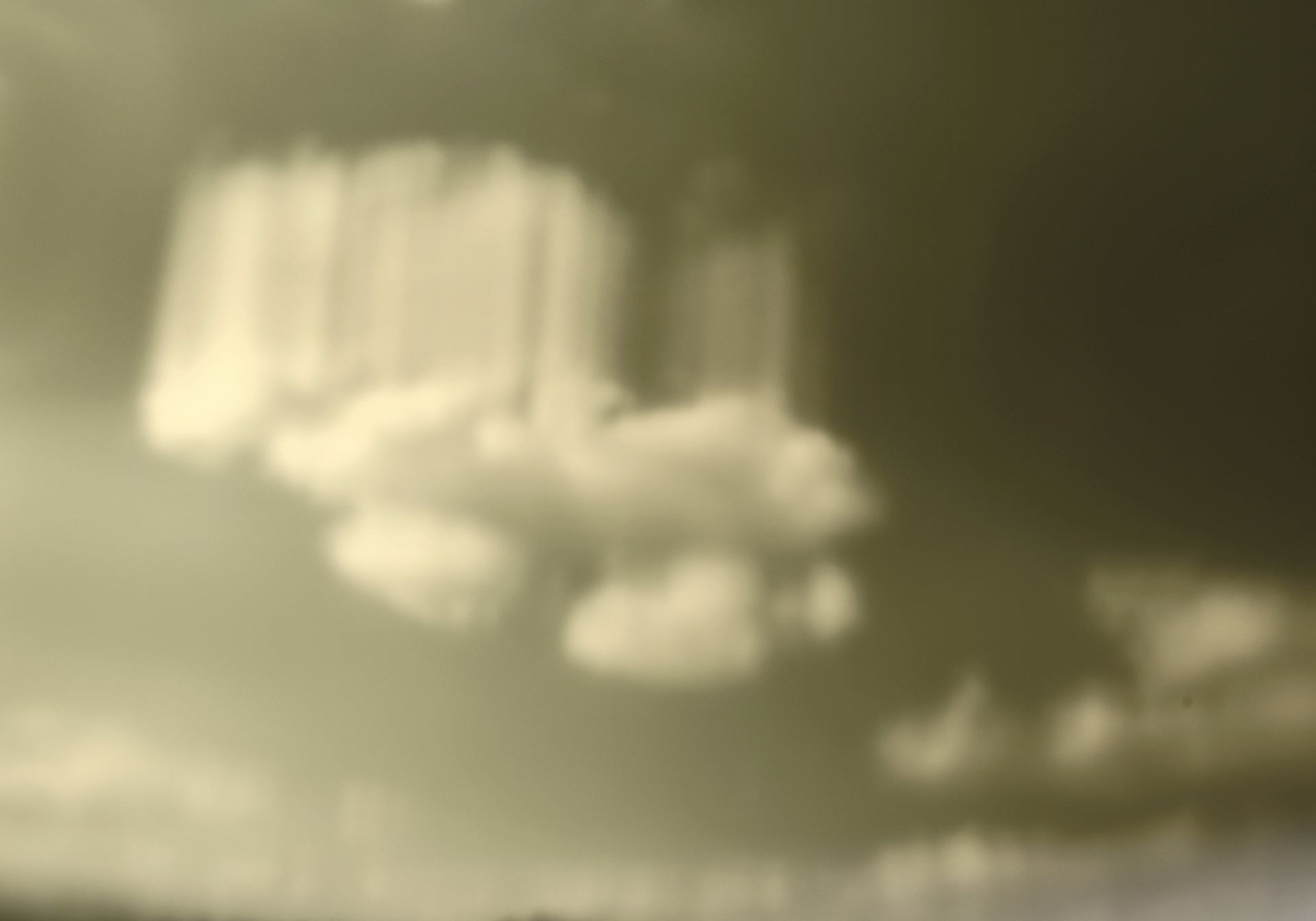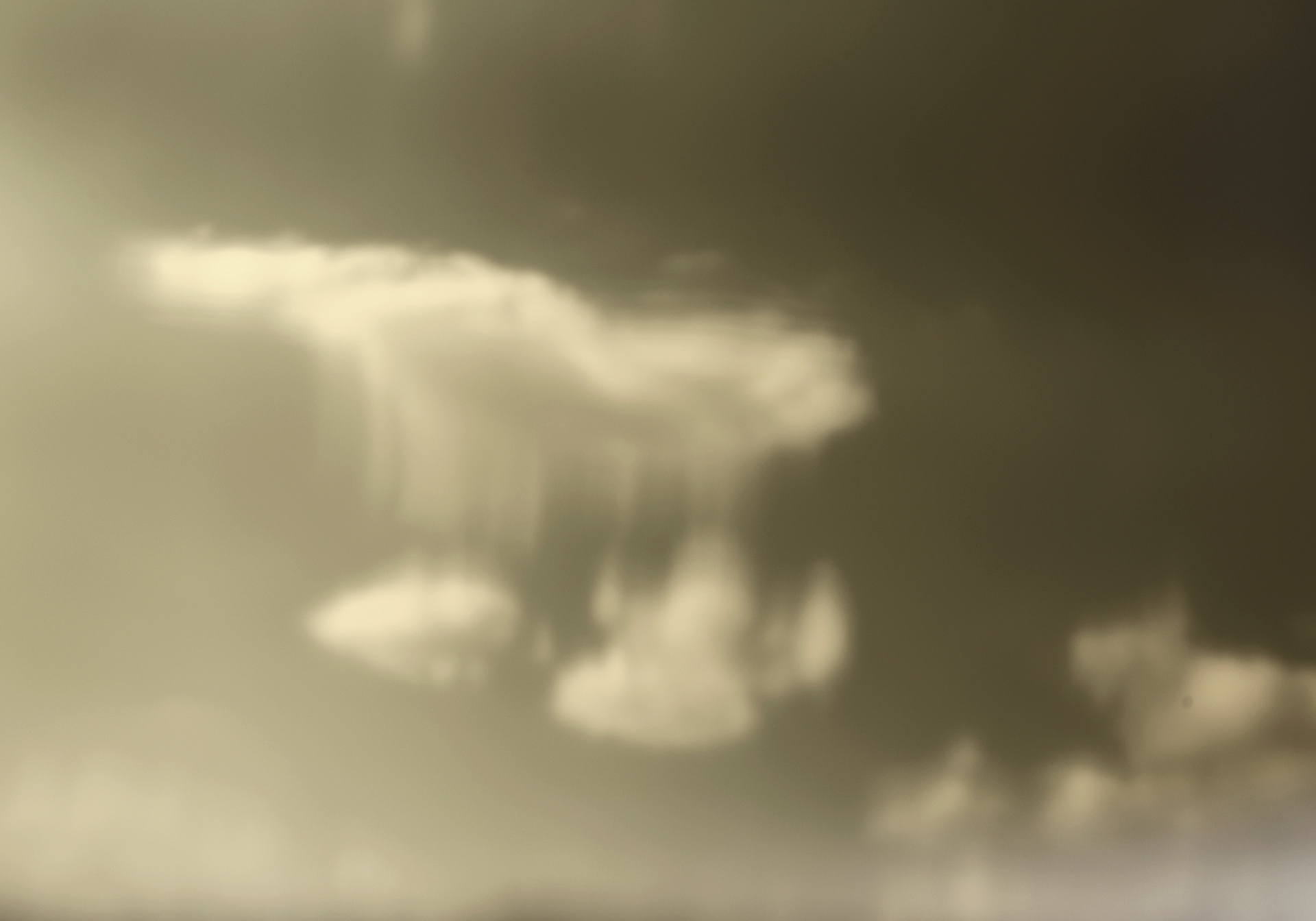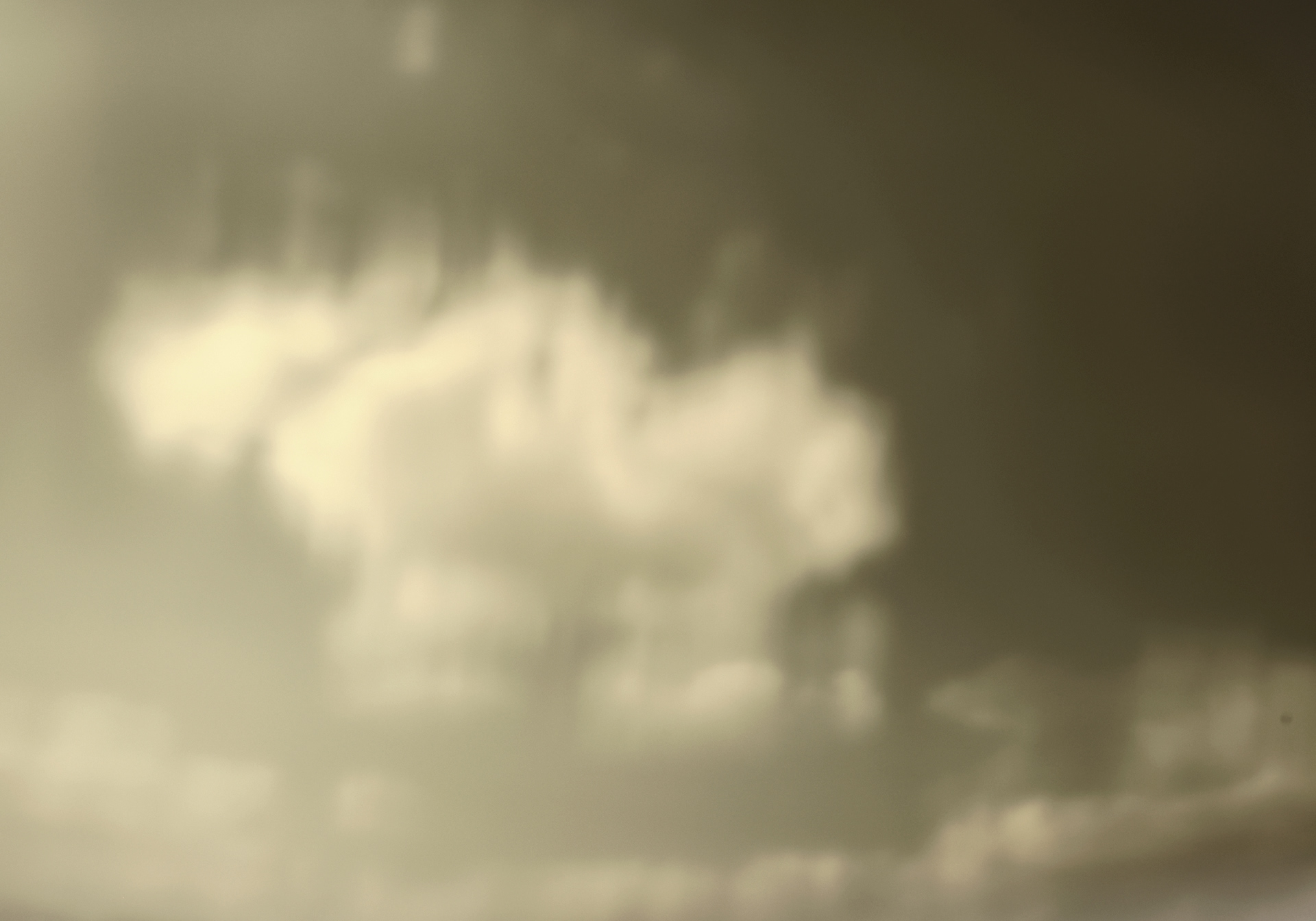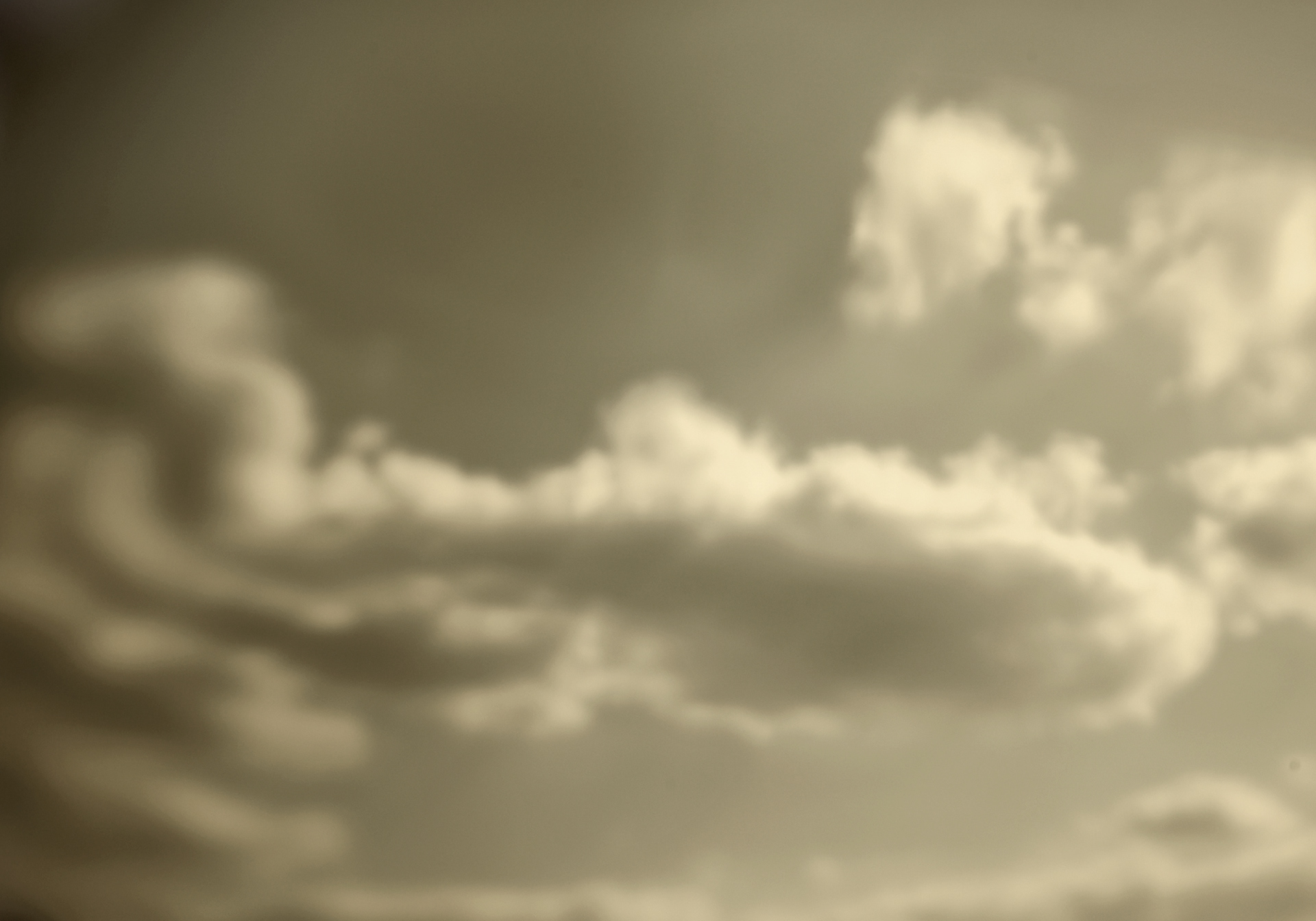Installation at ISODRIFT, Obejvák Project Space, Lihovarská 1060/12 Praha, 10 Sept. 2020. Thanks to Christian Cuno for assistance in suspending the shovels and clouds.
cloud (n.)
Old English clud “mass of rock, hill,” related to clod [of earth]. Metaphoric extension to “raincloud, mass of evaporated water in the sky” is attested by c. 1200 based on the similarity of cumulus clouds and rock masses. The usual Old English word for “cloud” was weolcan. In Middle English, skie also originally meant “cloud.”
— Online Etymology Dictionary
Old English clud “mass of rock, hill,” related to clod [of earth]. Metaphoric extension to “raincloud, mass of evaporated water in the sky” is attested by c. 1200 based on the similarity of cumulus clouds and rock masses. The usual Old English word for “cloud” was weolcan. In Middle English, skie also originally meant “cloud.”
— Online Etymology Dictionary
The reverie of clouds is...reverie without responsibility
― Gaston Bachelard in L'Air et les Songes - Essai sur l'imagination du movement, 1943.
― Gaston Bachelard in L'Air et les Songes - Essai sur l'imagination du movement, 1943.
The two series of five images of clouds are suspended from implements for making clods of earth. (Magritte’s Clear Ideas of 1958 and The Battle of the Argonne, 1959, suspending a cloud-shaped boulder in the sky, seem to allude to this earthy etymology of cloud in English — in French nuage stems from Latin with an original sense of ‘cover’, which is also the original sense of the Middle English skie. In Kafka’s Description of a Struggle (1936), the mountains are cloudlike, and, conversely, the clouds are at one point “hewn out of grey stones”.) The photographs here are taken through the intervening medium of an orange-brown bottle, acting both as filter (darkening the blue of sky) and as a distorting diffuser. One series of photographs is produced by panning across the sky to give an all round view, albeit in pieces, cropping the unencompassable sky; the other series by rotating the bottle while looking at the same group of clouds, the moulding of the bottle’s glass superimposing a masquerade on the most un-camel-like form of the cloud through wisps of a weasel or whale.
